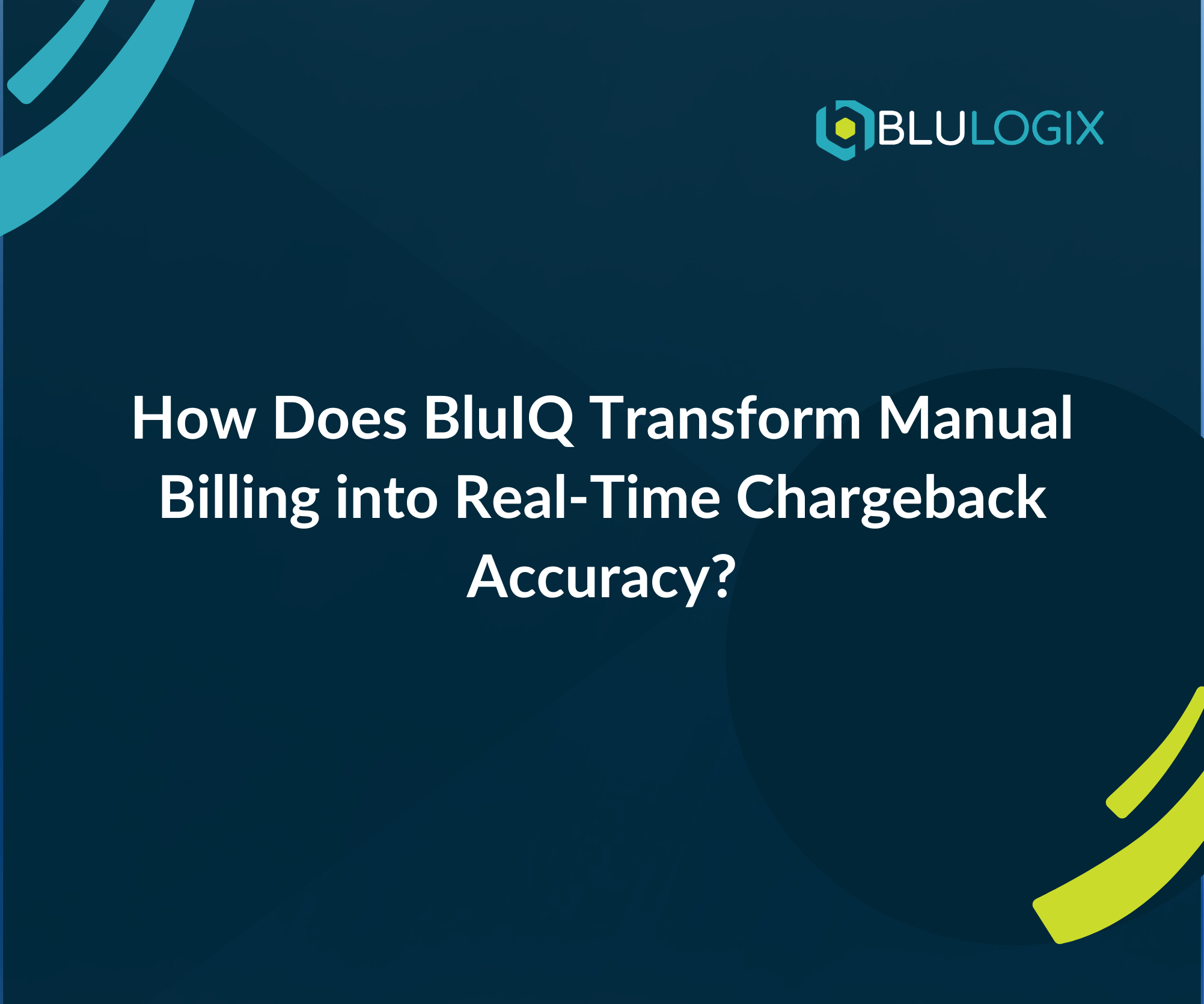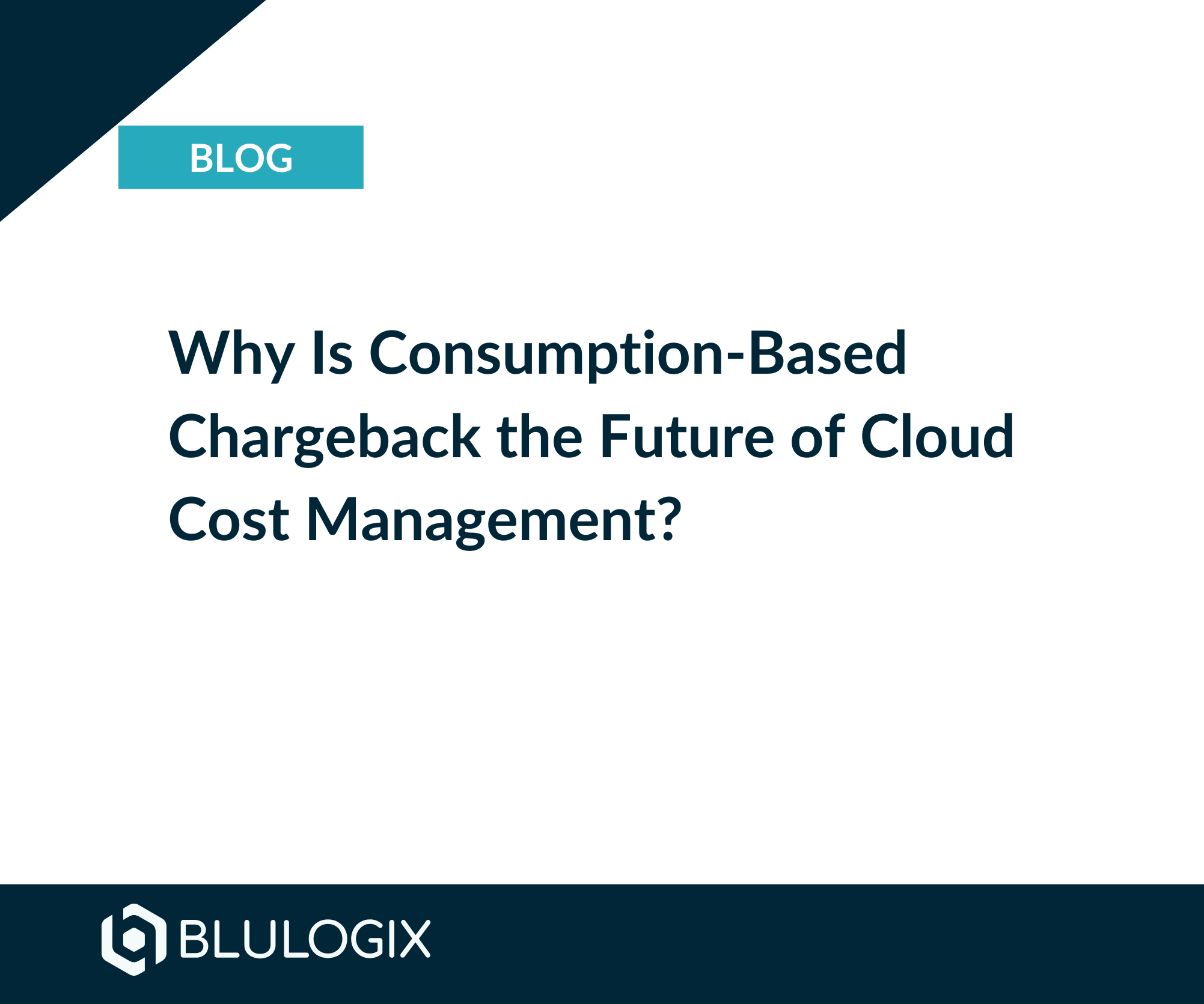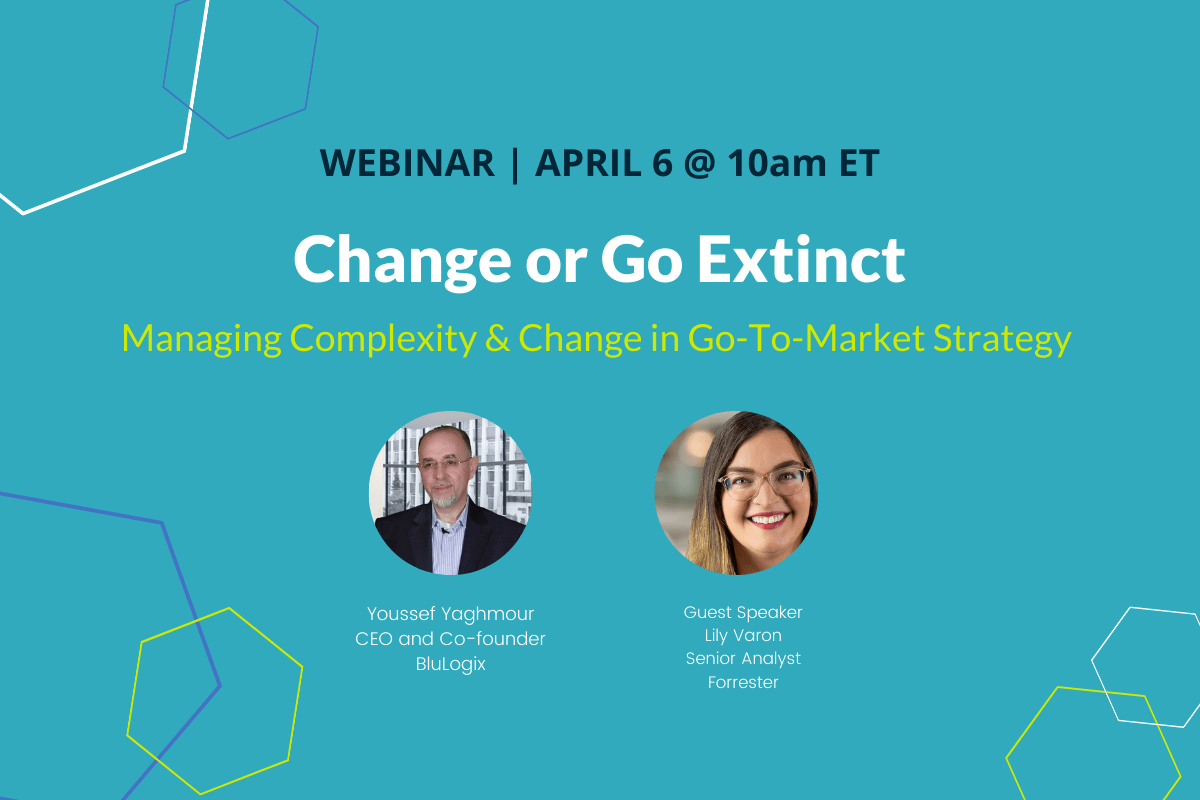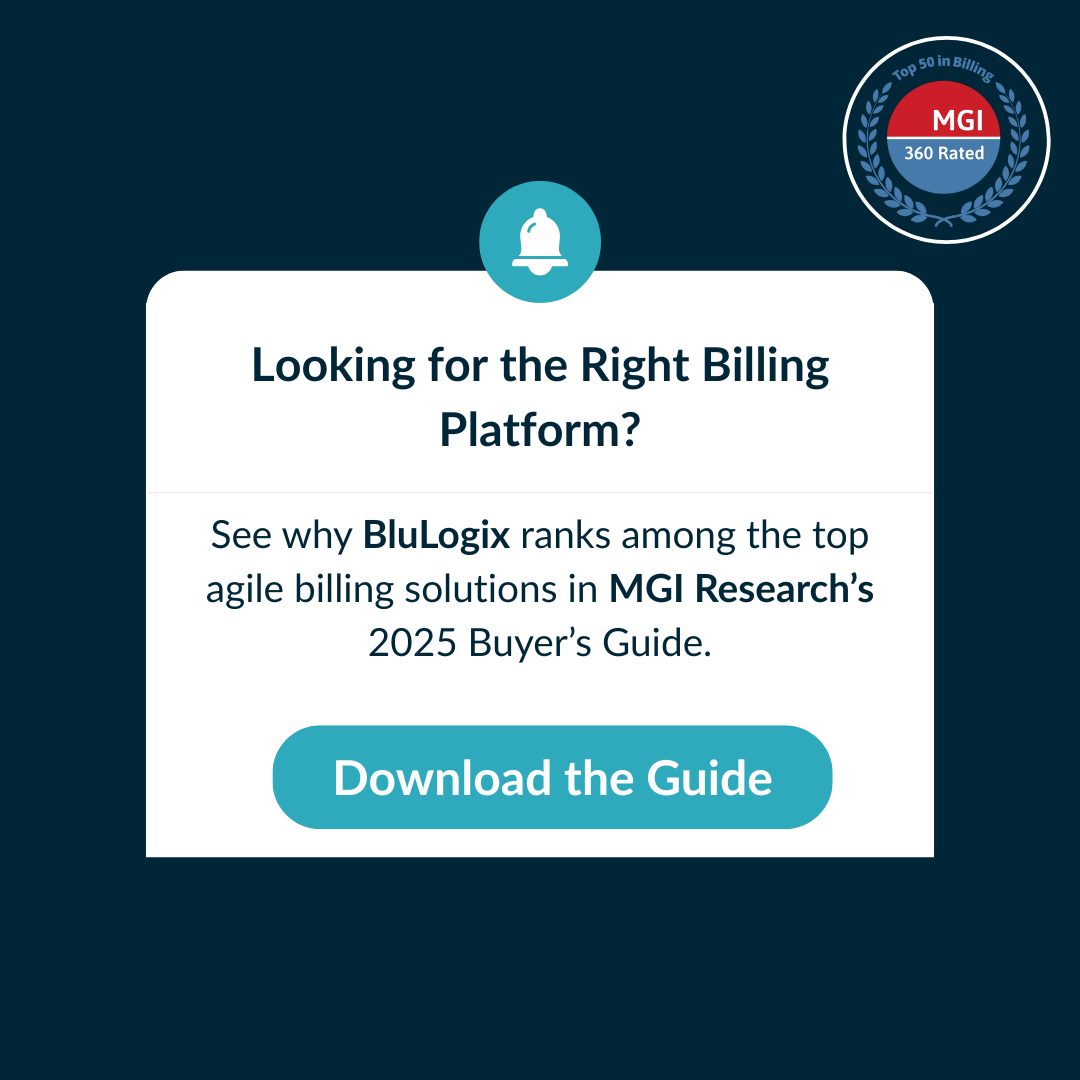Change or Go Extinct – Your Digital Transformation Journey
There has been a significant shift in the world in the last 5 to 10 years. For many companies, if they have not missed it all together, they have yet to recognize the existential implications of failing to act. This global migration to subscription and consumption models impacts every company that has a product or service built for business-to-business solutions. This shift can be boiled down to a digital transformation — automating business operations from quote to cash.
Your Subscription Management & Billing System, Your Way
The Two Arenas of Digital Transformation
We can separate this digital transformation journey into two critical categories: the head and the heart. I like to start with the heart, because without a committed heart to change, your head won’t be convicted to make the journey. And once the heart has fully bought in, the head can operate efficiently and clearly without battling internal conflicts. BluLogix has helped companies from Software-as-a-Service to IoT to UCaaS and more complete the digital transformation and we’ve found that a “first culture, then process” formula equates to success.
The Heart: A Cultural Transformation
The heart is all about the cultural shift that must occur to successfully transform: how we see ourselves, how the market sees us, how we behave every day, how we communicate. Organizations must be willing to reimagine themselves. They need to adapt their vision and remain agile with that vision given the increasingly digital nature of the world.
Why is a cultural transformation necessary? Because converting to a digital business model fundamentally changes how you deliver value to customers. Any fundamental change requires an open mind rather than tethering your company’s culture to processes and mindsets of yesteryear. Altering the culture of a company opens the floodgates for adaptability and encourages new ways of thinking.
This cultural makeover needs to be top down, with CEOs, Presidents and executives fully embracing and guiding the digital transformation. Without leadership intimately involved in a cultural shift, things can stagnate or revert back to business as usual.
A change in culture may seem onerous, but it doesn’t have to be. In fact, when a business chooses the right partners for their digital transformation, it can be painless and seamless. It also doesn’t have to mean a change in core values, the bedrock of a culture. What it does mean is reevaluating how those core values are implemented in the business process transformation. An experienced partner will help you realize that evaluation.
The Head: A Business Process Transformation
In addition to cultural transformation, you must ensure you have a plan for business process transformation as well — the head for our metaphor. While a cultural shift gets the ball rolling downhill, organizations must execute strategic planning to successfully transition.
As mentioned above, digital transformation fundamentally alters how your business delivers value to its customers. This means that a company must revisit old business models, experiment with new business models, and be willing to adapt with changing market demands. Business process transformation is both about doing away with dated and manual processes and incorporating new automated processes.
Failure to implement new technology and leverage data digitally will result in “tech debt” — that is, if your company isn’t already operating at a tech debt. Tech debt refers to the inefficiency gap of your business operations from what it is presently to what it could be with a full digital transformation.
For example, relying on maintaining legacy systems rather than pivoting to cloud puts your business behind the curve on innovation. Not only is it costly and inefficient to maintain legacy and disparate systems, but you could be operating at a technology deficit in comparison to your competitors. That requires overcoming your dated technology before addressing competitor’s strategies to infringe on your market share.
The Head or the Heart? Plan for Both.
Failure to have a plan for both the head (process automation) and the heart (cultural transformation) will result in inefficiency, lack of ability to scale or delay in the transformation process. This matters to business stakeholders because failure to plan properly can significantly impact the success of your digital transformation journey. The implication of failure to properly plan can result in significant and existential outcomes, as will not making the transition at all. The only option is to complete the transformation and to do it the right way.
The plan starts with finding an experienced partner for your transformation. The goal of the transformation is to optimize how your company monetizes the value it brings to customers. In many cases, this means incorporating new pricing models to meet the demands and expectations of customers who want flexibility.
When evaluating solution providers, review the MGI 360 Agile Monetization Rating[1] to ensure you select a provider that aligns to your unique business needs. Be careful to understand if your business needs can be supported with a simple subscription model ($9.99 per month with few variations) or complex subscription models. If you require consumption or usage-based solution models, pay particular attention to these requirements. Many providers have limited capabilities in this area.
At BluLogix, we specialize in partnering with as-a-Service providers who have unique billing needs. We’ve leveraged over a decade of experience in Telecom and UCaaS to become a leader in implementing complex billing and monetization frameworks for as-a-Service providers in software, internet of things, telecommunications, and cloud computing.
Act Now or Fall Behind
This global digital transformation is happening fast. If you fail to plan properly and pick the right provider, the window may close quickly and you may not get a second chance. The road to digital transformation is littered with floundering companies with poor planning and execution. There are no easy shortcuts on the digital transformation journey. Find a partner that will help you plan for both your cultural and business process challenges.
Your Subscription Management & Billing System, Your Way
BluLogix is rated in the Top 5 in the world by MGI and is especially adept at creating solutions for complex subscription and consumption business models. BluLogix onboarding process will drive a process that allows you to address and re-image your business culture challenges as well as your business process automation process.
Learn more

How Does BluIQ Transform Manual Billing into Real-Time Chargeback Accuracy?

Why Is Consumption-Based Chargeback the Future of Cloud Cost Management?




